Migration, one of nature’s most remarkable phenomena, represents a carefully orchestrated biological response to seasonal changes. For millennia, these journeys have followed predictable patterns, with birds, mammals, fish, and insects traveling vast distances in search of food, breeding grounds, and favorable conditions. However, our planet’s rapidly changing climate is disrupting these ancient rhythms in profound and concerning ways. As global temperatures rise, seasonal cues shift, and weather patterns become increasingly erratic, migratory species face unprecedented challenges in timing their journeys. This climate-driven disruption of migration timing isn’t merely an ecological curiosity—it represents a fundamental reshaping of natural systems with cascading consequences for biodiversity, ecosystem functions, and even human economies that depend on predictable natural cycles.
The Delicate Timing of Migration
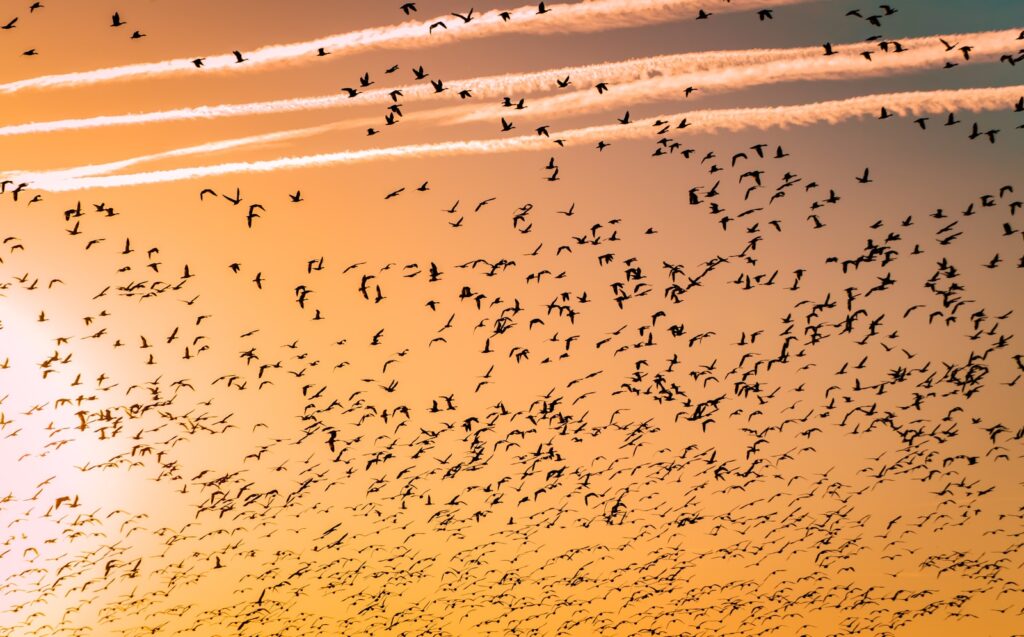
Animal migration relies on a complex interplay of environmental cues and innate biological programming. Many species have evolved to respond to specific triggers like day length (photoperiod), temperature thresholds, plant flowering, or insect emergence to time their movements optimally. For example, many migratory birds in the Northern Hemisphere begin their northward spring journeys when daylight hours reach certain thresholds, ensuring they arrive at breeding grounds when food resources are abundant. Similarly, marine species like sea turtles time their breeding migrations to coincide with optimal beach and ocean conditions. These finely tuned systems have developed over evolutionary timescales, synchronizing animal movements with the seasonal availability of resources in different geographical regions. The precision of this timing is often remarkable, with some species arriving at destinations thousands of miles away within the same week year after year.
Climate Change as a Migration Disruptor
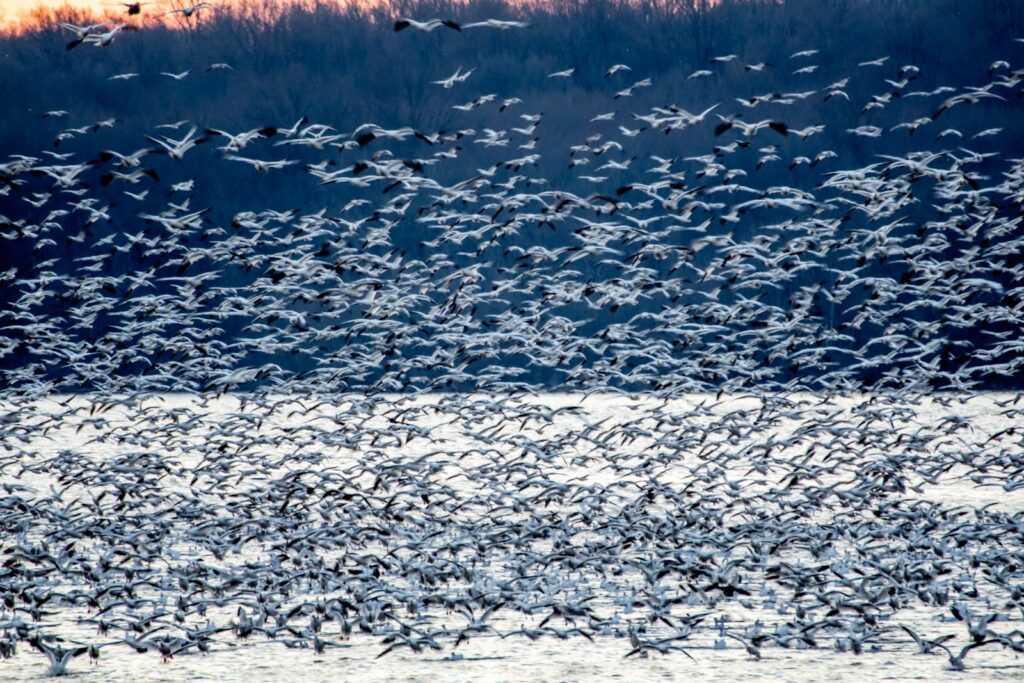
Climate change is fundamentally altering the environmental cues that trigger migration, causing a phenomenon scientists call “phenological mismatch.” While some migration cues like day length remain constant, others like temperature, plant flowering times, and insect emergence are shifting dramatically with warming temperatures. For instance, spring temperatures now arrive earlier in many northern regions, causing earlier plant growth and insect emergence, yet some migratory birds still depart their wintering grounds based on photoperiod cues that haven’t changed. This creates a dangerous disconnect where migrants may arrive too late to capitalize on peak food abundance, affecting their breeding success and survival. Equally concerning, species that do adjust migration timing may face different challenges, such as arriving in breeding habitats before conditions are suitable or facing unsuitable conditions in transit corridors that haven’t warmed at the same rate.
Evidence of Shifting Migration Patterns
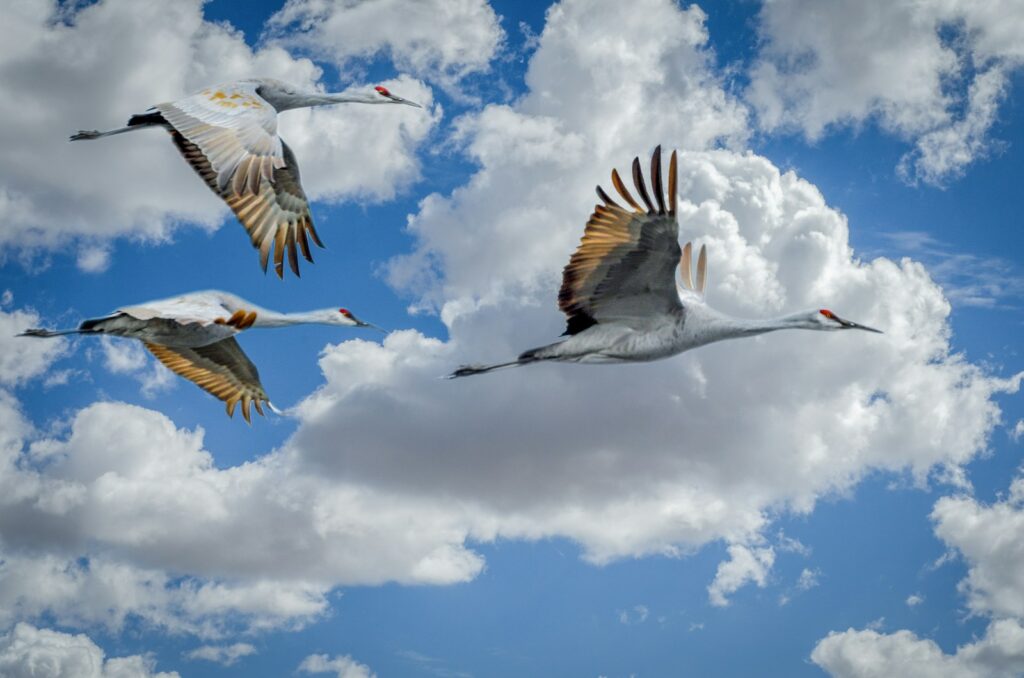
Scientific evidence documenting changes in migration timing has accumulated dramatically over the past few decades. Long-term observational studies spanning 50+ years reveal many bird species now arrive at spring breeding grounds 1-2 weeks earlier than they did in the mid-20th century. For example, research on European migratory birds shows that short-distance migrants have advanced their spring arrival times more dramatically than long-distance migrants, creating new competitive dynamics. In marine environments, commercially important fish stocks like cod and mackerel have shifted their migration routes and timing northward as ocean temperatures rise, disrupting fishing economies. Even insects show dramatic responses—the iconic monarch butterfly migration across North America now begins later in fall and shows altered routes as climate warming affects their lifecycle timing and the distribution of milkweed host plants. These documented changes represent just the visible edge of much broader ecological shifts occurring globally.
The Role of Genetic Adaptation
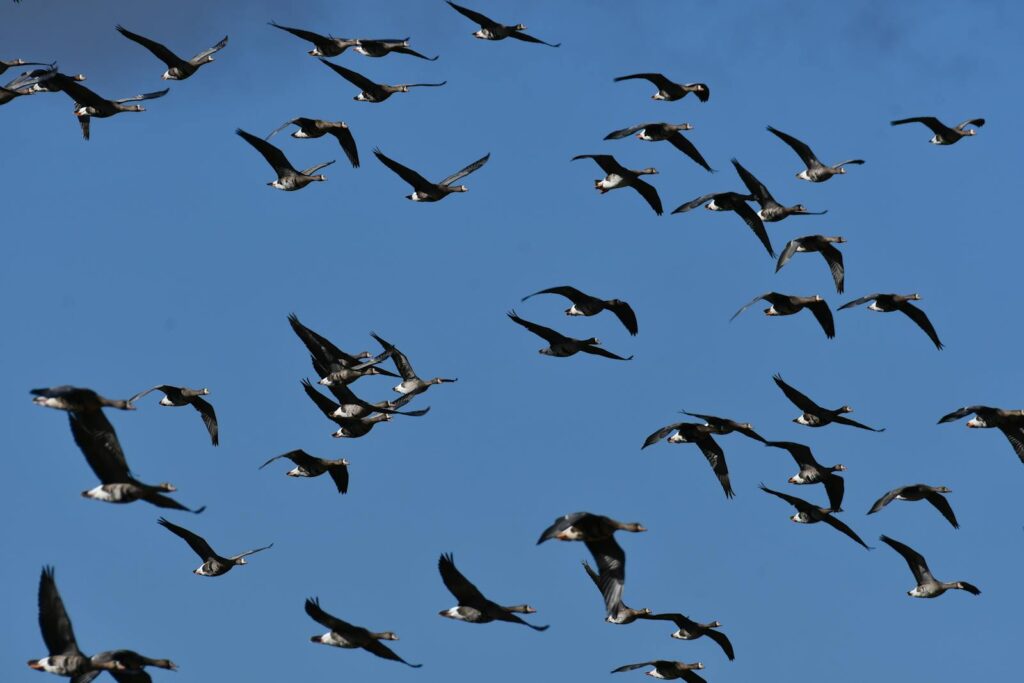
A critical question facing scientists is whether migratory species can genetically adapt to changing climate conditions quickly enough. Genetic adaptation to new environmental conditions typically occurs over many generations through natural selection, but climate change is occurring at an unprecedented rate. Some species with short lifespans and rapid reproductive cycles, like certain insects, may be able to evolve new migration timing mechanisms relatively quickly. However, long-lived species with slower reproductive rates, including many birds of prey, sea turtles, and marine mammals, face much greater adaptive challenges. Research shows that species with more flexible behaviors (those showing phenotypic plasticity) may adjust better in the short term, but even they face limits if climate changes outpace their adaptive capacity. The genetic basis for migration timing involves complex interactions of multiple genes controlling everything from environmental sensitivity to fat storage capabilities, making rapid evolutionary adaptation particularly challenging.
Different Species, Different Responses
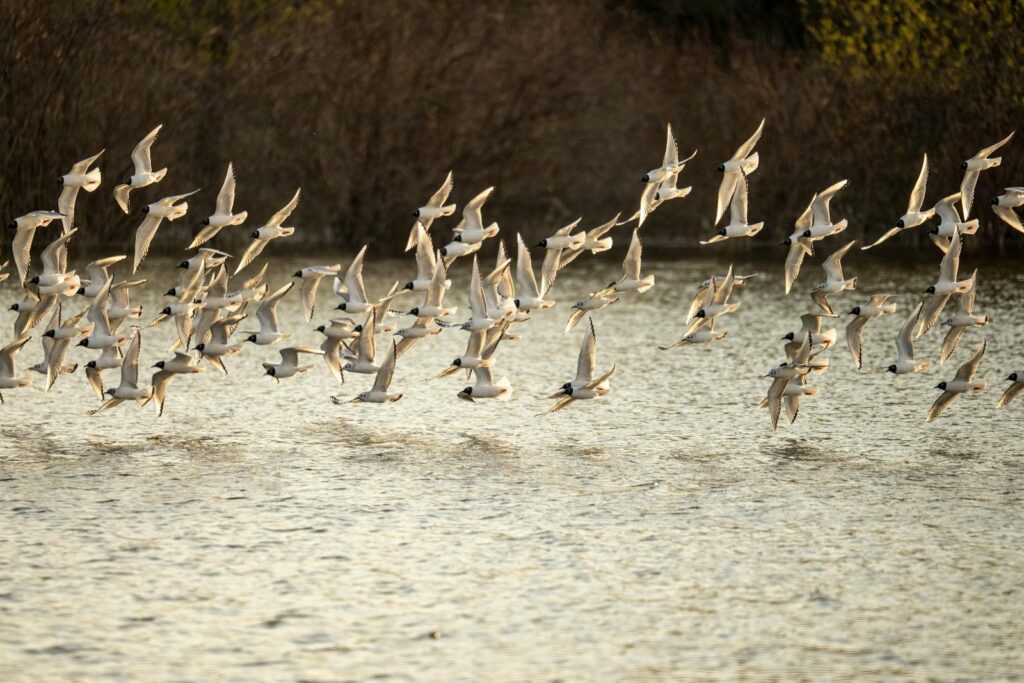
The effects of climate change on migration timing aren’t uniform across species, creating complex ecological ripple effects. Short-distance migrants often show greater flexibility in adjusting their migration timing compared to long-distance migrants, as they can more easily detect and respond to conditions at their destination. For example, European blackcaps that migrate short distances from Germany to the Mediterranean have advanced their spring arrival by nearly two weeks, while long-distance migrants like the pied flycatcher, traveling from sub-Saharan Africa, show less adjustment capacity. Larger-bodied species generally demonstrate less timing flexibility than smaller species due to physiological constraints and longer generation times. Marine species face particular challenges as ocean warming occurs unevenly, with some areas warming much faster than others, creating disjointed migration corridors. These varying response capabilities are reshaping ecological communities as formerly synchronized species become temporally disconnected.
The Ecological Ripple Effects

Altered migration timing triggers cascading effects throughout ecological communities, disrupting relationships that evolved over millennia. When migratory pollinators arrive too early or too late relative to flowering periods, both plant reproduction and pollinator nutrition suffer. Predator-prey relationships become unbalanced when predatory birds arrive at breeding grounds after peak prey availability, leading to reduced breeding success and potential population declines. These timing mismatches can fundamentally restructure food webs, as species that historically relied on synchronized seasonal abundances must adapt to new temporal patterns or face decline. In some cases, native species with less flexible migration timing may lose competitive advantages to more adaptable invasive species, further threatening biodiversity. Research in European deciduous forests shows how insectivorous birds arriving too late after caterpillar emergence leads to reduced breeding success, while simultaneously allowing caterpillar populations to increase, potentially damaging forest ecosystems.
Impacts on Human Communities and Economies
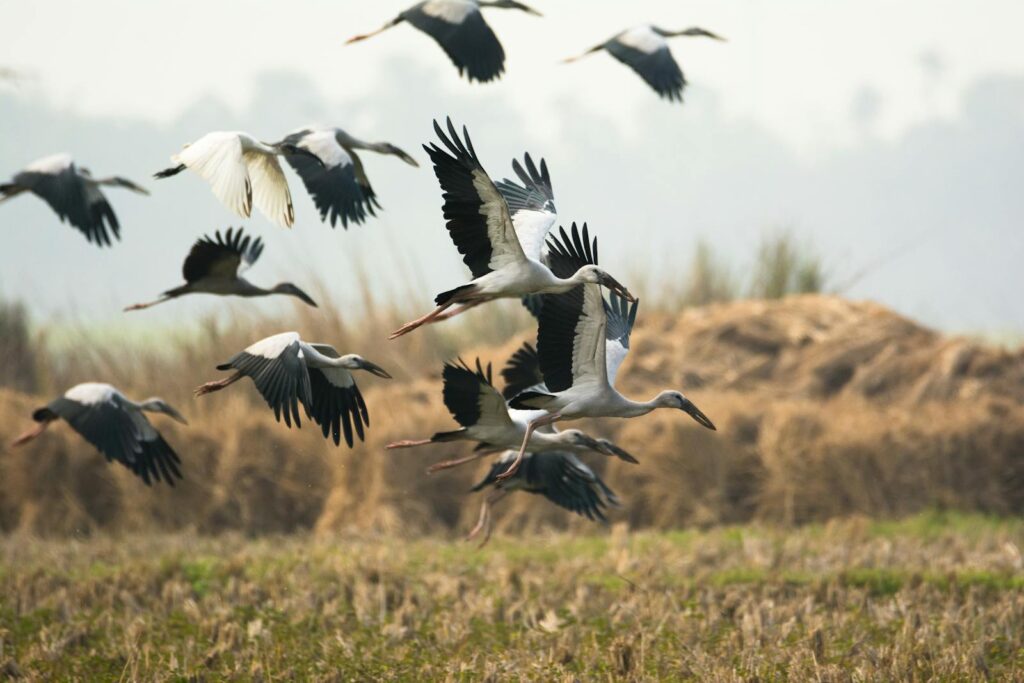
The consequences of shifting migration patterns extend beyond ecological systems to affect human communities dependent on predictable natural cycles. Indigenous communities whose traditional harvesting practices align with wildlife migrations face cultural and nutritional challenges as these timings change. Commercial fishing industries experience economic disruption when valuable fish stocks alter their migration routes or timing, sometimes moving across international boundaries and creating new resource management challenges. Nature-based tourism centered around predictable wildlife events—such as Costa Rica’s sea turtle arribadas or Kenya’s wildebeest migration—faces uncertainty when these events shift temporally. Agricultural systems dependent on migratory pollinators must adapt when pollination services arrive too early or late relative to crop flowering periods. These socioeconomic impacts highlight how climate-driven changes in migration timing create complex challenges at the intersection of ecological and human systems.
Technology Tracking Migration Changes

Advanced tracking technologies have revolutionized scientists’ ability to monitor and understand shifting migration patterns with unprecedented precision. Satellite transmitters weighing less than a paperclip now allow researchers to track individual birds across continents, revealing how migration routes and timing shift year by year in response to changing conditions. Automated radio telemetry networks, like the Motus Wildlife Tracking System, use strategically placed receivers to detect tagged animals passing within range, creating continental-scale migration monitoring systems. Marine species tracking has advanced through acoustic transmitters and receiver networks that monitor fish migrations along coastlines and across ocean basins. Perhaps most revolutionary, community science projects like eBird and iNaturalist harness observations from millions of volunteers worldwide, creating massive datasets that reveal migration timing shifts across species and geographical regions. These technological advances generate crucial data for understanding migration changes and developing effective conservation responses.
Protected Areas and Shifting Migration Corridors

Traditional conservation approaches face significant challenges as migration corridors shift in response to climate change. Protected areas with fixed boundaries may become less effective as the species they were designed to protect alter their migration routes or timing. For example, wildlife reserves established to protect specific stopover sites may become less relevant if birds begin using alternative routes as climate conditions change. Marine protected areas face similar challenges as oceanographic changes alter the distribution of key feeding areas for migratory marine species. Forward-thinking conservation now emphasizes creating networks of protected areas that anticipate future range shifts, along with maintaining landscape connectivity to allow species movement across regions. Conservation planning increasingly incorporates climate projection models to identify and protect areas that will become important migration corridors in the future, not just those that are critical today.
Adaptation Strategies for Wildlife Management

Wildlife managers are developing innovative strategies to help migratory species navigate climate-driven timing challenges. Habitat management techniques now include creating greater diversity in vegetation flowering and fruiting times to ensure food resources are available over longer periods, buffering against phenological mismatches. Managed wetlands can maintain water levels specifically timed to benefit migratory waterbirds whose natural wetland stopover sites may dry earlier due to climate change. Some conservation programs experiment with supplemental feeding at critical times when natural food resources no longer align with migration timing. For critically endangered migratory species, assisted colonization—actively moving individuals to suitable habitats they might not reach naturally—represents a more interventionist approach being cautiously explored. These adaptive management techniques require sophisticated monitoring systems to evaluate their effectiveness and make adjustments as climate conditions continue to change.
International Cooperation and Policy Challenges
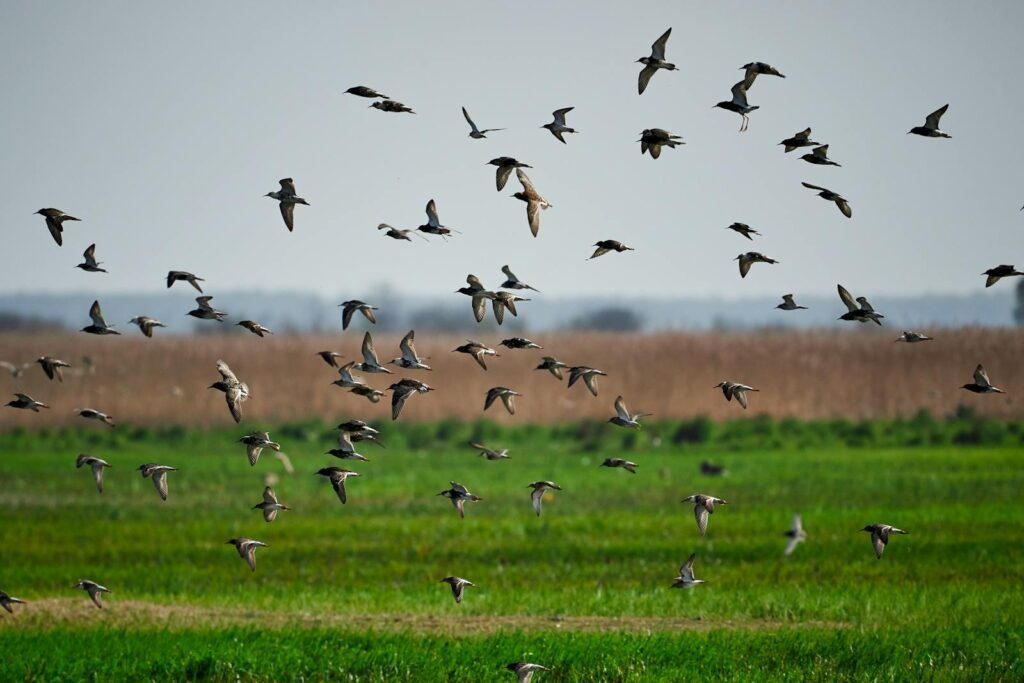
Addressing migration timing shifts requires unprecedented international cooperation, as migratory species cross multiple national boundaries. The Convention on Migratory Species (CMS) provides a global framework for coordinating conservation efforts across countries, but climate change creates new urgency for strengthening these collaborative mechanisms. Transboundary protected area networks, like the Western Hemisphere Shorebird Reserve Network spanning North and South America, offer models for international coordination. However, significant policy challenges remain, including harmonizing differing national climate and conservation policies, addressing resource management conflicts when species shift across boundaries, and securing sustainable funding for monitoring programs that track migration changes. Climate justice considerations also emerge, as many less-developed nations hosting important migratory species habitat bear disproportionate adaptation costs despite contributing least to climate change. Effective responses require flexible governance systems that can adapt as quickly as the ecological changes they address.
Research Frontiers in Migration Timing

Scientists are pursuing several cutting-edge research directions to better understand and address migration timing shifts. Genomic studies are unveiling the genetic basis of migration timing, identifying specific genes and regulatory networks that control migratory behavior and might enable evolutionary adaptation. Integrative research combining animal tracking with remote sensing of environmental conditions helps quantify exactly how climate variables trigger or inhibit migration movements. Advanced modeling approaches now incorporate behavioral flexibility and learning capacity to predict how different species might adjust their timing in response to novel environmental conditions. Microbiome research explores how gut bacteria might influence migration timing by affecting energy metabolism and resource processing during migratory journeys. Emerging artificial intelligence applications analyze vast tracking datasets to identify subtle pattern changes that might escape human detection. These research frontiers promise deeper insights into migration timing mechanisms and potentially reveal new intervention opportunities to support vulnerable migratory species.
The Future of Migration in a Warming World

Looking forward, scientists project continuing and potentially accelerating changes in migration timing as global temperatures rise further. Climate models suggest that by mid-century, spring events in northern latitudes may advance by 2-5 weeks compared to historical averages, creating even greater phenological mismatch pressures. Some migratory species may abandon long-distance migration entirely if changing conditions make year-round residence in formerly seasonal habitats viable, fundamentally restructuring ecological communities. Other species may develop entirely new migration patterns, routes, or timing as they adapt to novel climate regimes. The most concerning projections suggest some specialized migratory species may face extinction if they cannot adjust their innate migration programming quickly enough. Despite these challenges, the remarkable adaptability some species have already demonstrated offers hope that, with appropriate conservation support, many migratory species can navigate the unprecedented changes ahead, continuing nature’s great seasonal journeys in new forms.
As our planet continues warming, the shifting timing of animal migrations represents both an early warning system for broader ecological disruption and a critical conservation challenge. These changes highlight the intricate connections between climate patterns and biological systems that have co-evolved over evolutionary time. While some species demonstrate remarkable flexibility in adjusting their migration timing, others face serious threats as their ancient journeys become increasingly misaligned with resource availability. The future of these magnificent natural phenomena—from bird migrations that inspired human art and mythology for millennia to fish runs that sustain coastal communities—depends largely on how quickly we address climate change itself. In the meantime, enhanced international cooperation, creative conservation approaches, and continued scientific research offer the best hopes for preserving the spectacular phenomenon of animal migration in our rapidly changing world.
